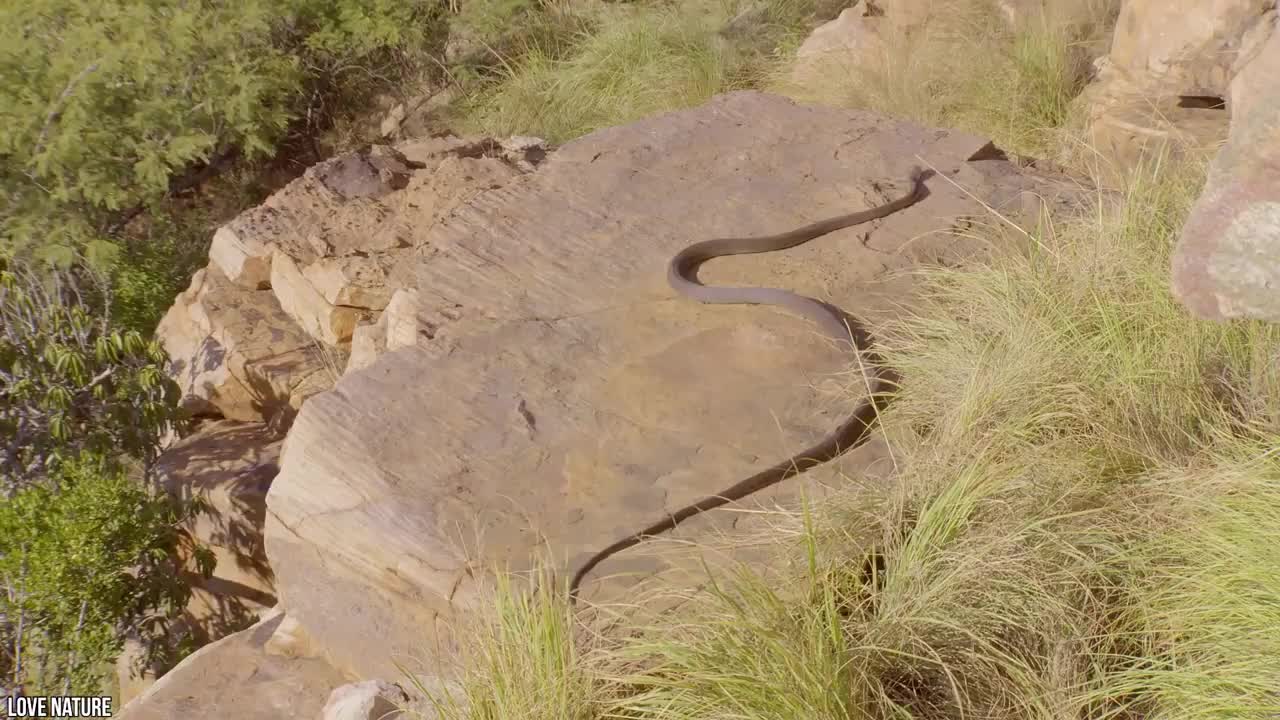Premium Only Content

15 Most Powerful African Animals
Many powerful animals roam the African savannah, some scarier than others. How dangerous do you think a pack of wild dogs is? What about Baboons? If you want to meet some formidable animals, stay tuned as we count down the 15 most powerful African animals.
........
......
....
Cape Buffalo
The most remarkable thing about cape buffaloes is they’re so dangerous they’re known as "the Black Death"! These magnificent beasts are one of the five most difficult African species to hunt on foot, according to big game hunters. The other four members are the African lion, leopard, African elephant, and rhinoceros, although the cape buffalo kills more big game hunters than the other four animals combined. Although the Cape Buffalo is an herbivorous bovine, effectively a plant-eating cow, it is aggressive and spiteful. There are several reports of them using their legendary memories and incredible perseverance to wreak retribution on hunters who shoot at or damage them, displaying perhaps a bit more intelligence than a standard bovine.
Hunting groups have been stalked by Cape buffalo, who have hidden in wait and ambushed their pursuers. Thousands of people are said to be charged each year. With the points of their massive, curving horns or by head butting with their "boss," a thick horn shield that surrounds the skull where the horns emerge, they may attack and cause considerable injury. The largest males can weigh up to 2,000 pounds and stand 6 feet tall at the shoulder, and it takes about ten years to achieve full size. Large predators rarely attack fully developed buffalo, but frail adults and calves are prey for lions. Attacking any individual of a Cape buffalo herd is dangerous even for a big pride of lions. Many lions have succumbed to the Cape buffalo's lethal horns, and herd members would rush to one another's rescue.
Lion
The lion is a huge, muscular cat with short legs and a long body and is often referred to as the king of the jungle. The size and look of males and females differ significantly. The male's most distinguishing feature is his mane, which differs between individuals and communities. It can be completely absent, fringed around the face, or full and shaggy, covering the back of the head, neck, and shoulders and going across the throat and chest to join a fringe along the belly. The mane and fringe of certain lions are extremely dark, practically black, giving the animal a magnificent aspect. Males with manes appear larger, which can be used to intimidate rivals or impress potential mates. A fully grown adult reaches around 3 and a half feet tall at the shoulder and weighs 370–500 pounds.
Lions eat a wide range of animals, from mice and baboons to Cape Buffalo and hippos, although they prefer to hunt medium- to large-sized hoofed mammals like wildebeests, zebras, and antelopes. Geographically, as well as between nearby pride, prey choices differ. Elephants and giraffes have been known to be taken by lions, but only when they are young or unwell. They devour any flesh they can get their paws on, including carrion and new kills scavenged from hyenas, cheetahs, and wild dogs. Lionesses who live in open savannas conduct most of the hunting, while males often eat from the females' kills. Male lions, on the other hand, are skilled hunters and hunt often in some locations. In scrub or woodland habitats, pride males spend less time with the ladies and hunt most of their own food. Male nomads must always be self-sufficient in terms of food. No one likes to tangle with a lion because it is a fearless animal.
-
 LIVE
LIVE
TwinGatz
1 hour ago🔴LIVE - Fighting Side By Side | ARMA Reforger
507 watching -
 LIVE
LIVE
Revenge of the Cis
1 hour agoEpisode 1474: Space Cadets
1,245 watching -
 2:13:29
2:13:29
The Quartering
3 hours agoTrump's Huge Tariff Win, Bimbos In Space, Karmelo Anthony RELEASED, Another Trump Assassin!
81.4K36 -
 1:33:58
1:33:58
Right Side Broadcasting Network
5 hours agoLIVE REPLAY: President Trump Greets Ohio State National Football Champions at the White House - 4/14/25
13.5K2 -
 LIVE
LIVE
KingB33Gaming
14 hours agoZero Sum Seattle - Tommy is Still Missing | The Last Of Us PT 2 Remastered
303 watching -
 LIVE
LIVE
The HotSeat
1 hour agoResurrection Week Kicks Off—And So Does the Democrat Freak Show: AOC and Bernie 2028
535 watching -
 LIVE
LIVE
Dabkillah
1 hour ago🔴LIVE-DABKILLAH MONDAY BLAH HAHAHAH
359 watching -
![[Ep 649] The Border is SEALED! | Real ID: Freedom’s Shield or Surveillance Trap?](https://1a-1791.com/video/fww1/46/s8/1/B/3/8/B/B38By.0kob-small-Ep-649-The-Border-is-SEALED.jpg) LIVE
LIVE
The Nunn Report - w/ Dan Nunn
50 minutes ago[Ep 649] The Border is SEALED! | Real ID: Freedom’s Shield or Surveillance Trap?
158 watching -
 1:49:02
1:49:02
Russell Brand
4 hours agoTrump THREATENS China “NOBODY is getting off the hook” As Trade War INTENSIFIES! – SF565
131K32 -
 1:04:26
1:04:26
Sean Unpaved
4 hours agoRory's Masters Glory!, NBA Play-Ins Preview, Tennessee Moving On From Iamaleava?
40.1K